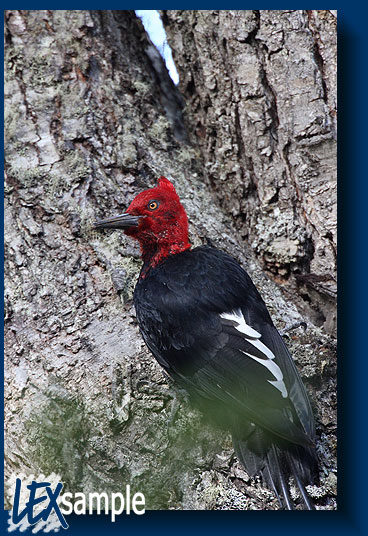 |
Male Magellanic Woodpecker (Campephilus magellanicus). This year I decided to camp in the national park in search for this impressive species of woodpecker. I ended up seeing and hearing it quite often (they are quite active early in the breeding season).
|
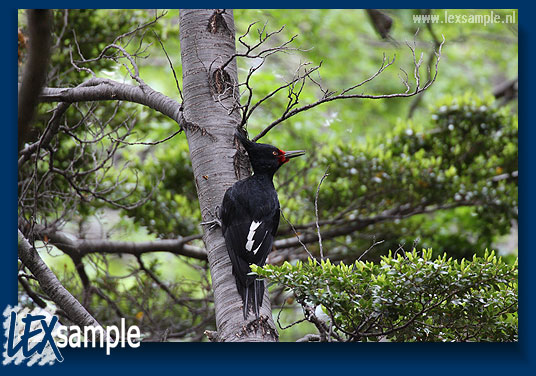 |
The female Magellanic Woodpecker is just as beautiful as the male, with her elegant black tuft.
|
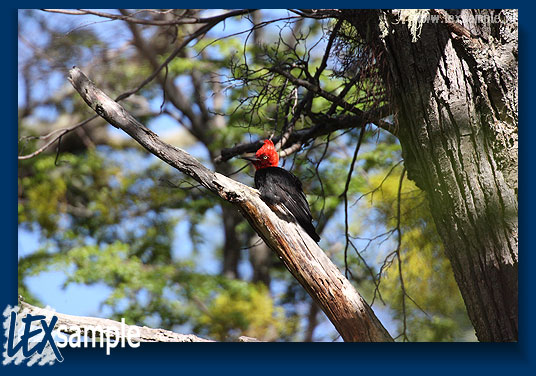 |
A resting male Magellanic Woodpecker high up in a tree.
|
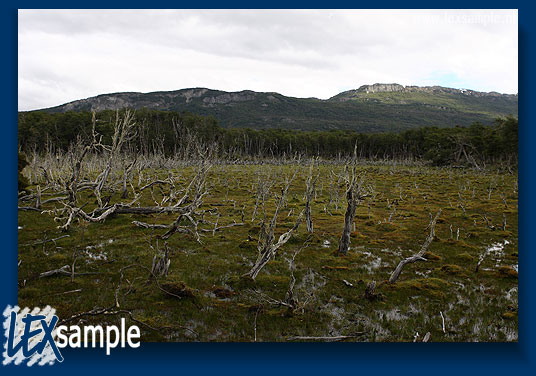 |
Turf landscape with dead trees - a common sight.
|
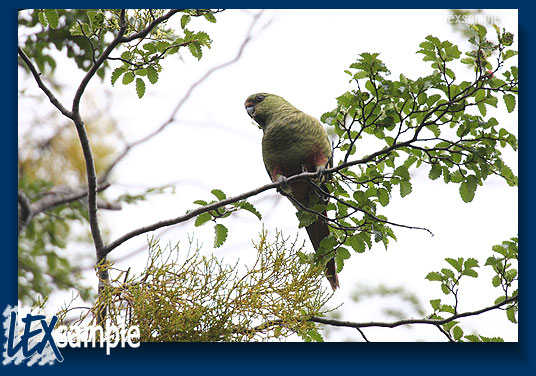 |
The Austral Parakeet (Enicognathus ferrugineus).
|
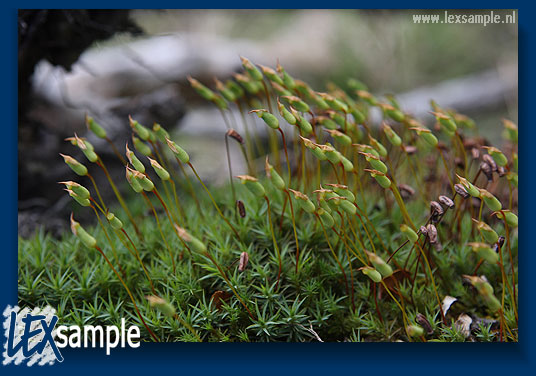 |
A fairly large species of moss.
|
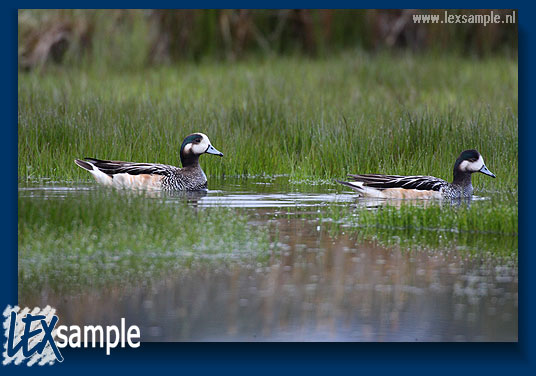 |
Early in the morning, a pair of Chiloe Wigeons (Anas sibilatrix) swims across a pond.
|
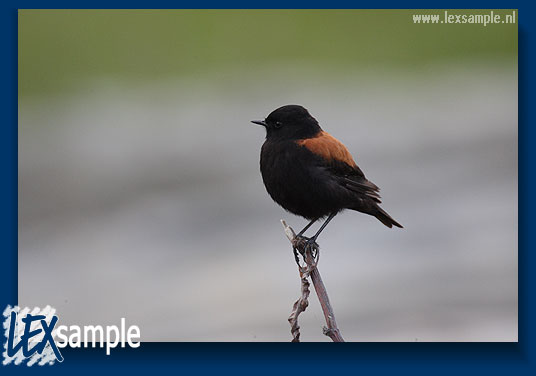 |
Small and beautiful: a male Patagonian Negrito (Austral Negrito) (Lessonia rufa).
|
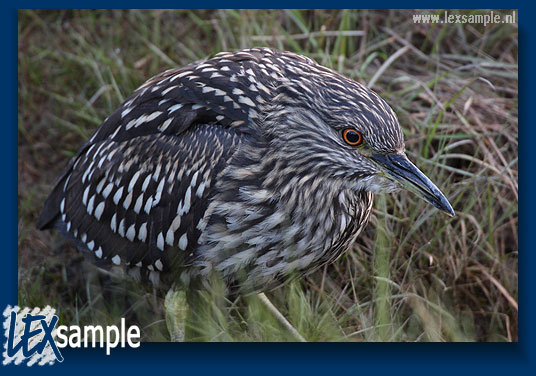 |
Juvenile Night Heron (Nycticorax nycticorax) hunting.
|
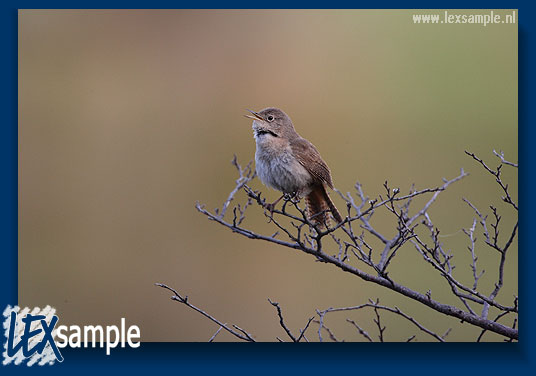 |
A House wren (Troglodytes aedon) marking its territory.
|
 |
Yellow-billed Pintail (Anas georgica).
|
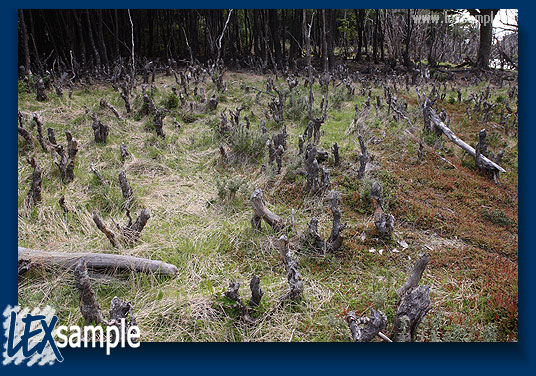 |
The official end of the highway N3 lies in the national park, although it is just a sand road here. There is a viewpoint from where an additional hiking track starts, one that is not very well known. Along this track is another beaver dam. This photographs shows the tree trunks that remain once the beavers have finished their job.
|
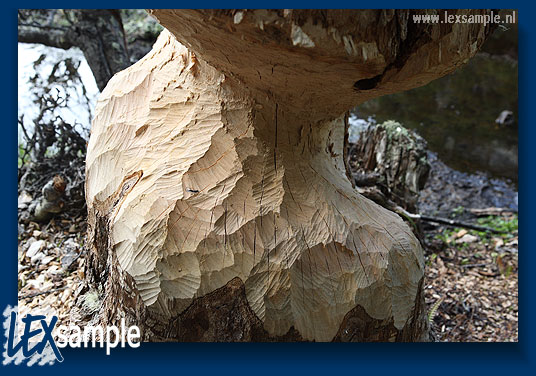 |
Under (de)construction: close-up of a nearly 50cm thick tree that clearly shows the beaver teeth marks.
|
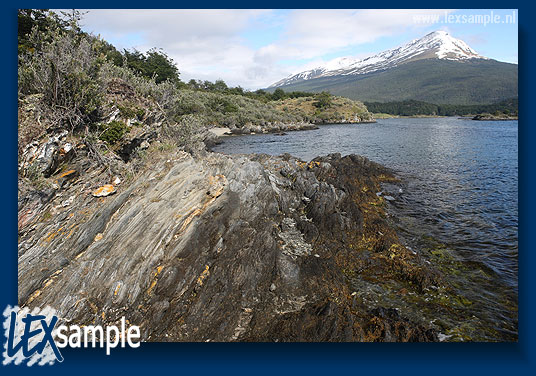 |
View to the north from the same hiking track.
|
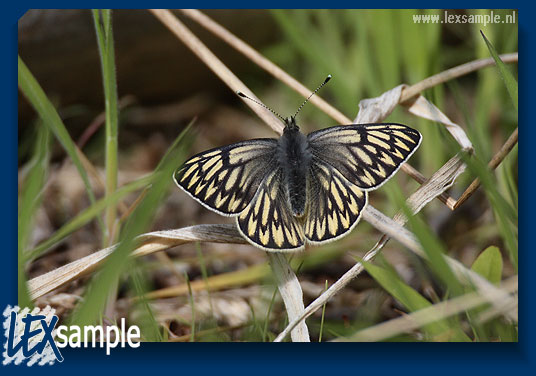 |
The Common Milky (Totochila autodice) is one of the butterfly species that lives in the National Park.
|
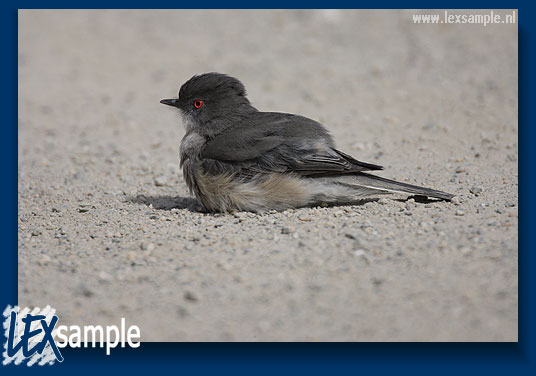 |
Twice I observed a Fire-eyed Diucon (Xolmis pyrope) taking a sand bath on the dusty road that leads through the park.
|
 |
A White-crested Elaenia (Milvago chimango) sings from its shelter amidst the green leaves.
|
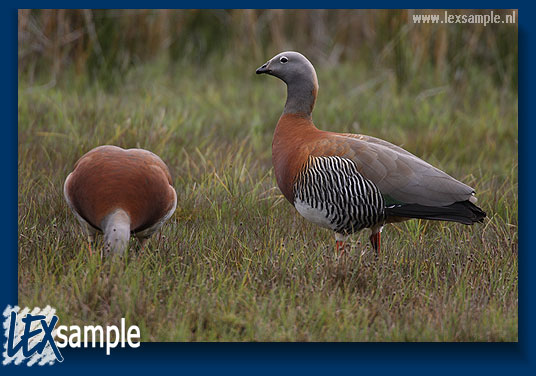 |
A pair of Ashy-headed Geese (Chloephaga poliocephala).
|
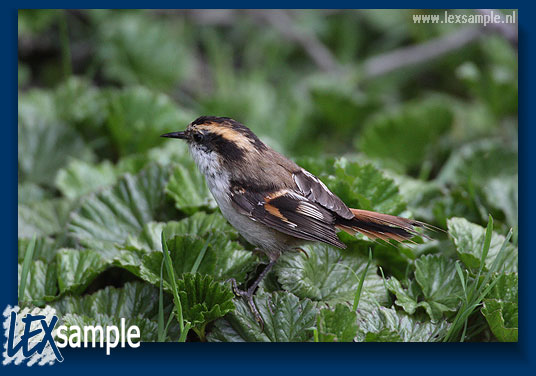 |
Thorn-tailed Rayaditos (Aphrastura spinicauda) often forage just above the ground or on the ground, hidden in the vegetation.
|


















